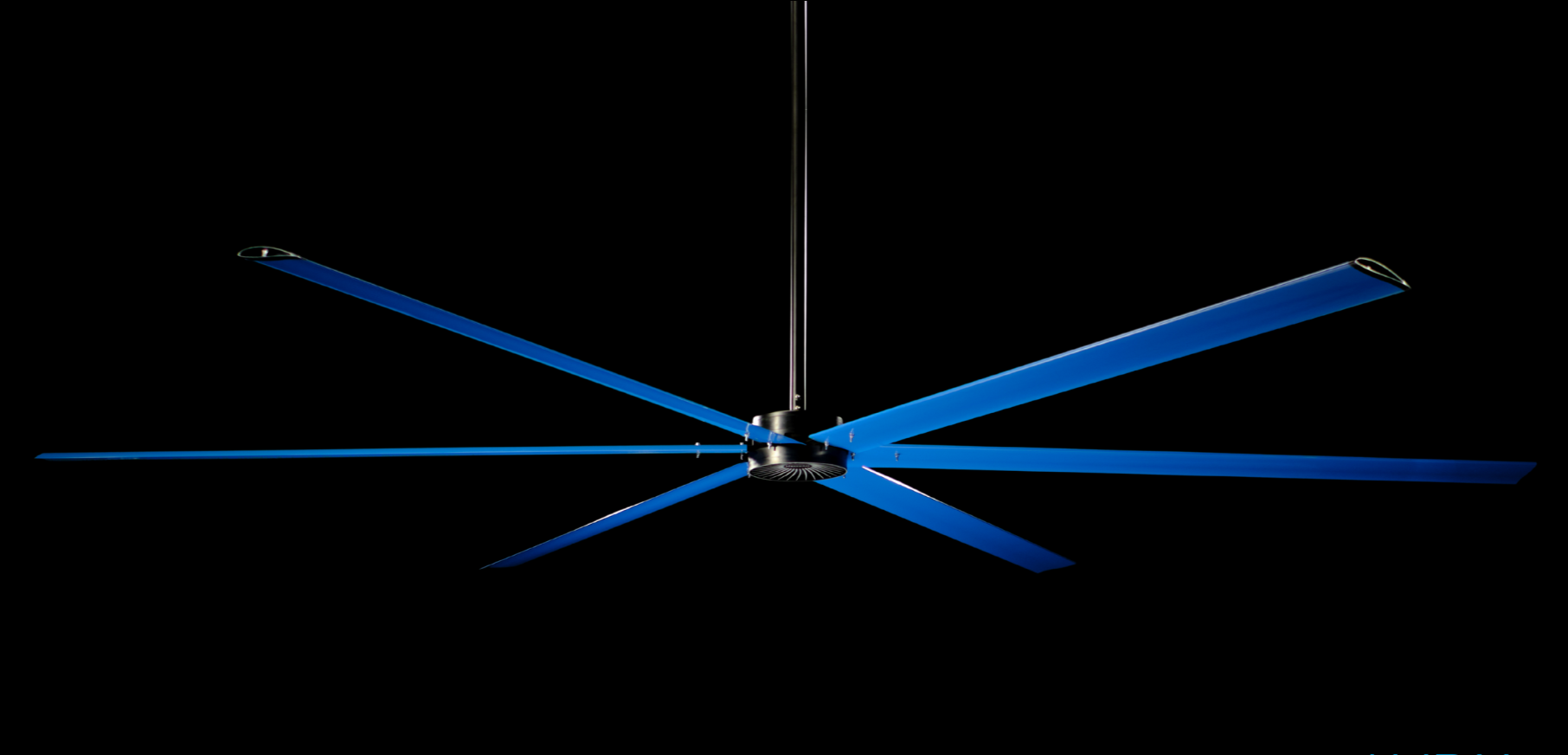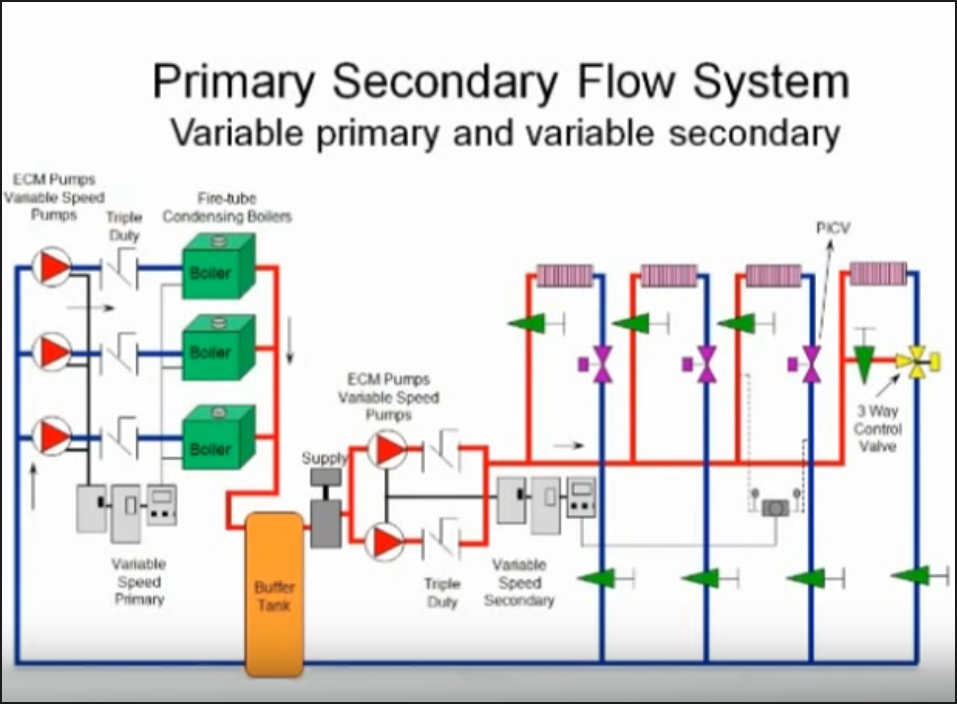High-Volume, Low-Speed (HVLS) Fans Part 1: More Than Just a Pretty Fan
/Photograph courtesy of macroair
By Gary Holder
You’ve probably noticed them—perhaps while working out at the gym or dining al fresco at a restaurant. It's blazing hot, and yet you feel surprisingly comfortable. You look up to see an enormous fan, quietly rotating at a leisurely speed. And you think to yourself, “I’ve got to get me one of those!”
High-volume, low-speed (HVLS) fans have become extremely popular over a relatively short period. Although the concept was developed just a few decades ago to cool dairy cattle to enhance their milk production, the fans are now widely applied in almost any type of space with sufficient ceiling height. Warehouses. Big box stores. Your neighbor’s covered patio.
HVLS fans are available in a wide range of designs, so you can find one to fit in almost any type of interior space. More importantly, they are remarkably effective at lowering energy costs and enhancing comfort.
How HVLS Fans Differ from Other Fans
As the name suggests, HVLS fans rotate slowly but move a lot of air. A single HVLS fan with a 1-hp motor can move up to 140,000 CFM of air. They have a larger diameter than standard ceiling fans, ranging from 6 feet to 24 feet across. Their blades are longer and sleeker, which creates less friction and noise. In fact, HVLS fans are barely audible to occupants. A single HVLS fan can replace several clunky, standard ceiling fans without being nearly as intrusive.
HVLS fans aren't just for cooling. Adjusting these fans to spin clockwise will help direct warmer air toward the floor in high-ceiling spaces, keeping occupants more comfortable during the heating season. So, the savings are year-round.
Impressive ROIs Explain Popularity
High volume at low-speed yields attractive operating costs. The daily operating cost of a single HVLS fan can be as low as $0.40 a day. Despite these low operating costs, HVLS fans have a significant impact on comfort, making spaces feel as much as 15°F cooler.
Payback depends on several factors, including the size of the space, the number of hours the fan(s) operate, and the climate, among others. However, large facilities can often achieve payback in as little as two years or even less.
Customers often see an immediate ROI when they choose to incorporate HVLS fans into their operations to reduce their dependency on HVAC. The introduction of HVLS fans enables companies to turn up thermostats by up to 4-degrees on average without losing perceived cooling benefits. The result is a reduced energy bill without experiencing higher temperatures. This keeps occupants comfortable and enables better ROI for owners.
Some Exciting News
HVLS fans are a compelling product with numerous applications, which is why JMP Equipment Company is excited to announce that we now represent MacroAir throughout our southeast territories! MacroAir’s Founder and CEO invented this technology, so we’re delighted to be working with the best!
If we’ve piqued your interest, please stay tuned for a deeper dive into HVLS technology—its uses, benefits, and selection criteria—coming soon in this series.



